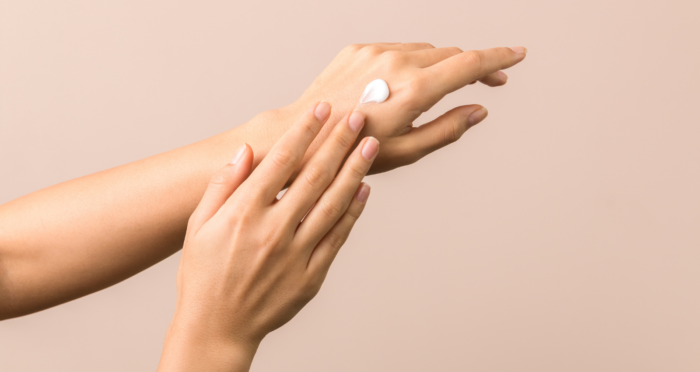The summer heat is here, and it is already sizzling! After a relatively cool spring you may not be conditioned to tackle this high, muggy heat. If you are not prepared you are at risk for heat exhaustion and/or heat stroke.
Heat exhaustion occurs when your body loses excess amounts of water and salt, typically from sweating. It presents with symptoms like muscle cramps, headaches, dizziness, weakness, fatigue, nausea, and vomiting.
Common Symptoms of Heat Exhaustion
- Heavy Sweating: You’ll sweat excessively as your body tries to cool down.
- Dizziness: Feeling lightheaded or dizzy is a typical sign.
- Headache: Heat exhaustion can cause headaches.
- Nausea: You might feel queasy or nauseated.
- Muscle Cramps: Painful muscle cramps can occur.
- Weakness: You may feel weak or fatigued.
- Rapid Pulse: Your heart rate may increase.
- Elevated Heart Rate: Your pulse may be faster than usual.
Untreated heat exhaustion can progress to heat stroke, which is a severe and potentially life-threatening condition. During heat stroke, your body’s internal temperature rises to dangerous levels (above 104°F or 40°C). Symptoms include confusion, altered mental status, and a very high core body temperature. Heat stroke can be deadly if left untreated.
Recognizing the signs of heat stroke in others is crucial for prompt intervention.
Common Symptoms of Heat Stroke
- Warm, Dry Skin: Heat stroke causes skin to become hot and dry, rather than sweaty.
- Confusion or Hallucinations: Altered mental state, including confusion or hallucinations.
- Agitation and Irritability: Individuals may appear restless or agitated.
- Headache or Dizziness: Headaches and dizziness are common.
- Nausea or Vomiting: Heat stroke can lead to nausea and vomiting.
If you suspect someone has heat stroke, call 911 immediately. Move them to a cooler place, offer water if they’re conscious, and fan them to help lower their body temperature.
Preparation and knowledge are essential to avoid these potentially catastrophic conditions.
How to Avoid Heat Related Illnesses
- Stay Hydrated: Proper hydration is key to maintaining a healthy body temperature, especially during physical activity. Drink plenty of fluids the day before and on the day of exercise. Consider beverages with salt, electrolytes, and a touch of sugar to replenish what you lose through sweating.
- Gradually Adapt to Heat: If you’re accustomed to air-conditioned environments, ease into outdoor activities during the summer. Sudden exposure to intense heat can strain your body. Gradually increase your time spent outdoors to help your system adjust.
- Maintain a Healthy Weight: Excess weight affects your body’s ability to regulate temperature. If you need assistance managing your weight, consult your doctor.
- Choose Appropriate Clothing: Shield yourself from the sun by wearing light, loose-fitting attire and a wide-brimmed hat. Consider using an umbrella or awning for extra protection.
- Be Cautious When Ill: Infections like the flu can raise your body temperature. If you’ve recently recovered from an illness, limit your time outdoors and ease back into exercise over a couple of weeks.
- Buddy Up: If you’re over 70 or have underlying medical conditions, you’re more susceptible to heat stroke. Having someone check on you or assist during extreme heat is crucial.




